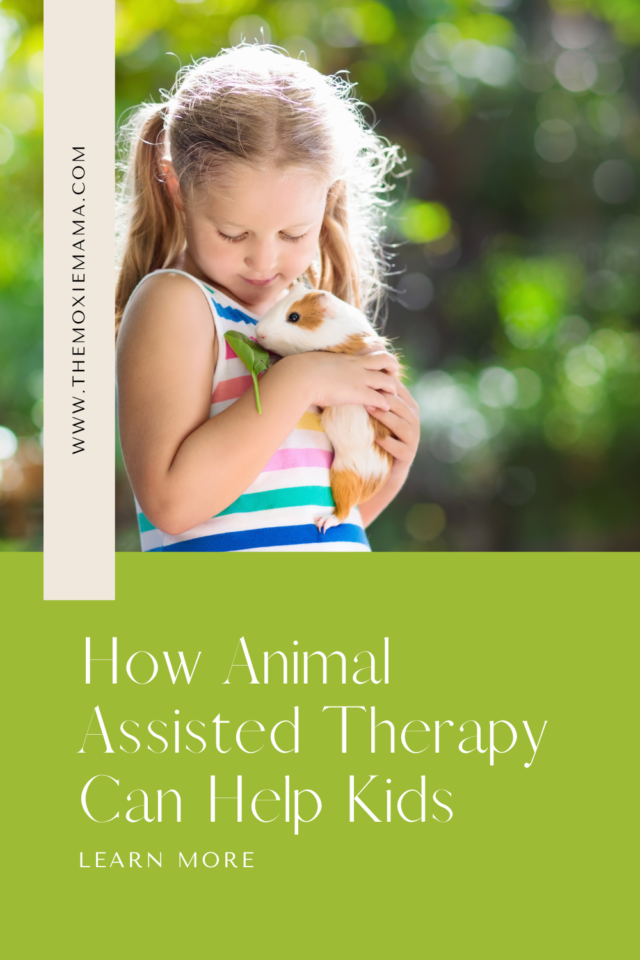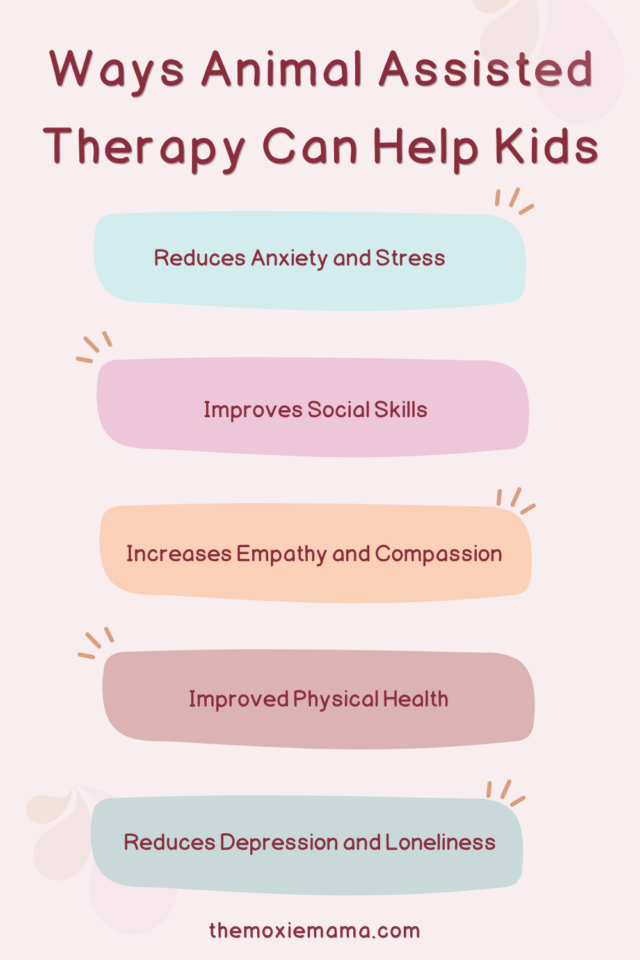Animal-assisted therapy (AAT) is a type of therapy that uses animals to help people overcome physical, emotional, and social issues. It has been proven effective in helping children with various needs, including those with developmental disabilities, mental health disorders, and medical conditions. In this blog post, we will explore the benefits of animal-assisted therapy for children and how it can help them overcome their challenges.

What is Animal-Assisted Therapy?
Animal-assisted therapy (AAT) is a therapeutic intervention that involves animals as part of the treatment process. It is a goal-directed intervention that uses the therapeutic power of animals to improve physical, emotional, social, and cognitive functioning.
The animals used in AAT can vary, but the most common animals used are dogs. Other animals used include cats, horses, rabbits, guinea pigs, and even dolphins. The animals used in AAT are specially trained to work with people and are carefully selected based on their temperament, social skills, and ability to interact with people in a positive way.
How Does Animal-Assisted Therapy Work?
AAT works by using animals as a way to facilitate the therapeutic process. The therapist will work with the animal to provide a positive experience for the child, whether it’s through petting, grooming, or interacting with the animal in some other way.
The therapist may also use the animal as a way to teach the child new skills or to help the child develop better social skills. For example, the therapist may use the animal to help the child learn how to communicate better or to develop empathy and compassion for others.
Benefits of Animal-Assisted Therapy for Children
There are many benefits of AAT for children. Here are just a few:
- Reduced Anxiety and Stress
One of the most significant benefits of AAT for children is that it can reduce anxiety and stress. Studies have shown that interacting with animals can reduce the level of cortisol in the body, which is a hormone associated with stress.
- Improved Social Skills
Another benefit of AAT is that it can improve social skills in children. For children with developmental disabilities or mental health disorders, interacting with animals can be a low-stress way to learn new social skills.
- Increased Empathy and Compassion
AAT can also help children develop empathy and compassion. By caring for and interacting with animals, children can learn about the needs of others and develop a greater sense of empathy and compassion.
- Improved Physical Health
AAT can also help children improve their physical health. For example, interacting with animals can increase activity levels and provide opportunities for exercise.
- Reduced Depression and Loneliness
Finally, AAT can also reduce feelings of depression and loneliness in children. For children who feel isolated or alone, interacting with animals can provide a source of companionship and comfort.
Types of Animal-Assisted Therapy for Children
There are several different types of animal-assisted therapy that can be used to help children. Here are a few:
- Canine-Assisted Therapy
Canine-assisted therapy is one of the most common forms of animal-assisted therapy. It involves using dogs to help children overcome their challenges.
- Equine-Assisted Therapy
Equine-assisted therapy involves using horses to help children overcome their challenges. This type of therapy is often used to help children with developmental disabilities or mental health disorders.

- Dolphin-Assisted Therapy
Dolphin-assisted therapy involves using dolphins to help children overcome their challenges. This type of therapy is often used to help children with medical conditions, such as cerebral palsy or Down syndrome.
- Feline-Assisted Therapy
Feline-assisted therapy involves using cats to help children overcome their challenges. This type of therapy is often used to help children with a range of issues, including anxiety, depression, and behavioral problems.
Overall, animal-assisted therapy can be a valuable form of therapy for children who are struggling with a range of emotional, social, or cognitive challenges. However, it is important to work with a trained professional who can guide the process and ensure that it is safe and effective.


